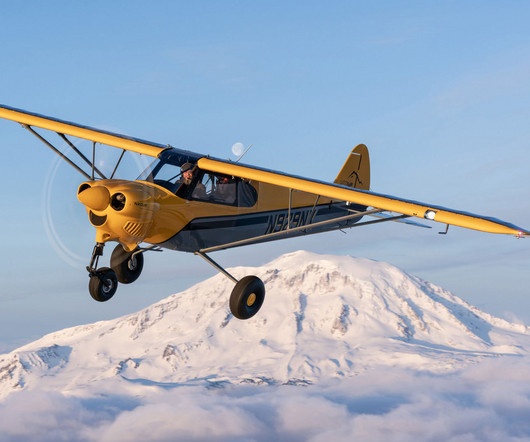Mach Number Explained: What It Is and Why Pilots Use It
Pilot Institute
JULY 11, 2025
Key Takeaways Mach number is a dimensionless ratio of true airspeed to local speed of sound. Mach number is simply a ratio of your true airspeed to the local speed of sound. When you reach around 36,000 feet (11,000 m) near the tropopause, the temperature stabilizes at around -56.5 °C. Here’s why.











Let's personalize your content